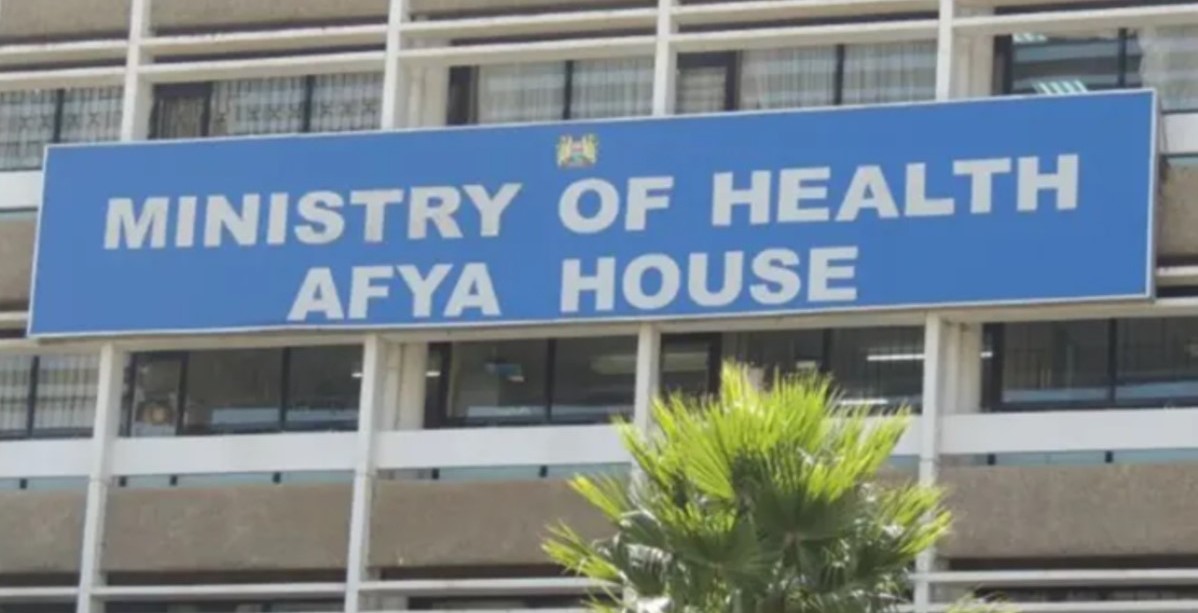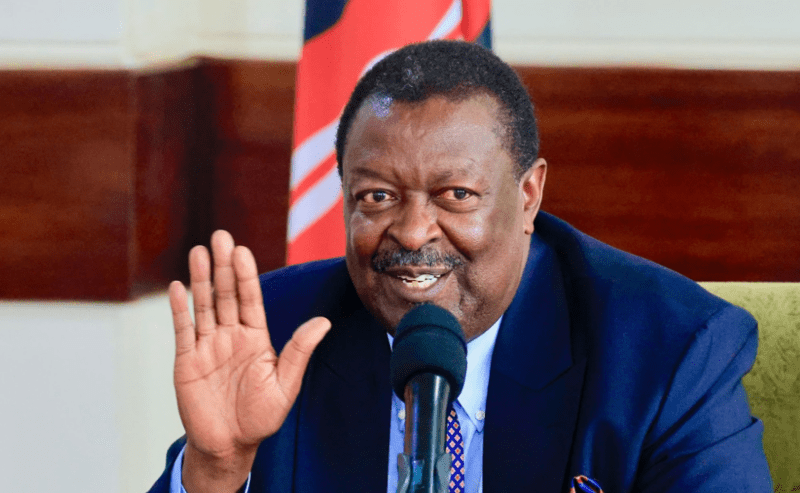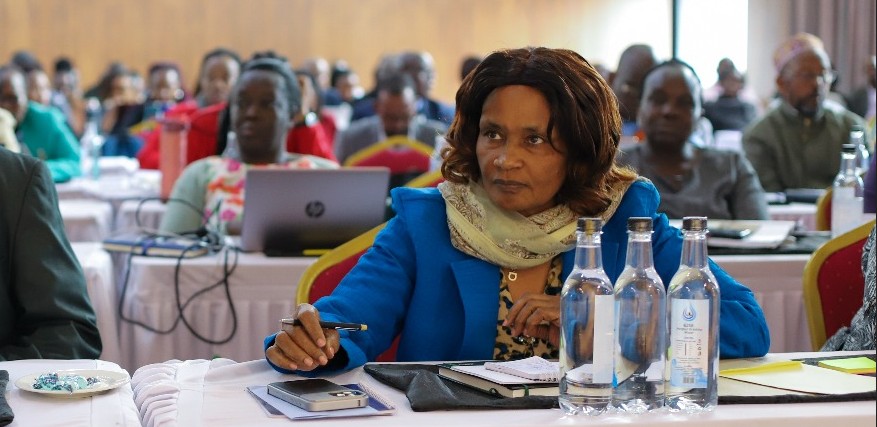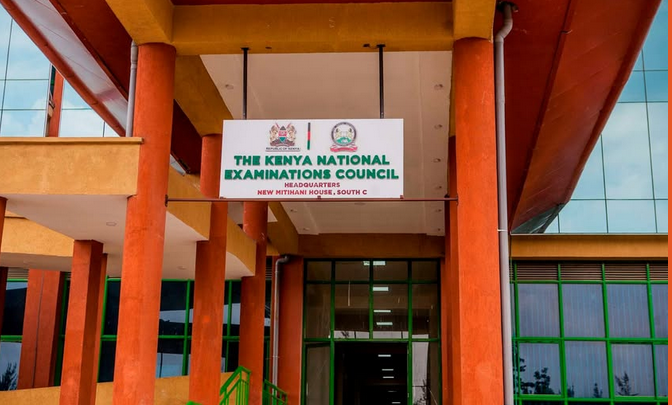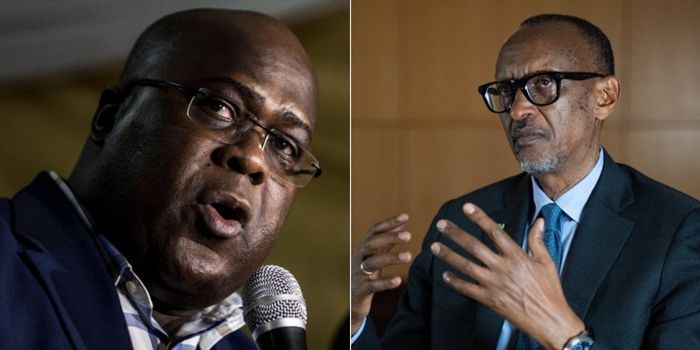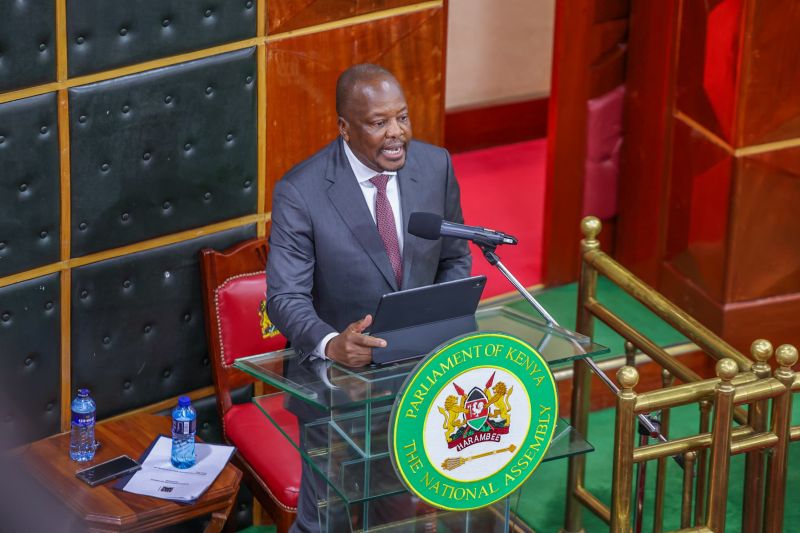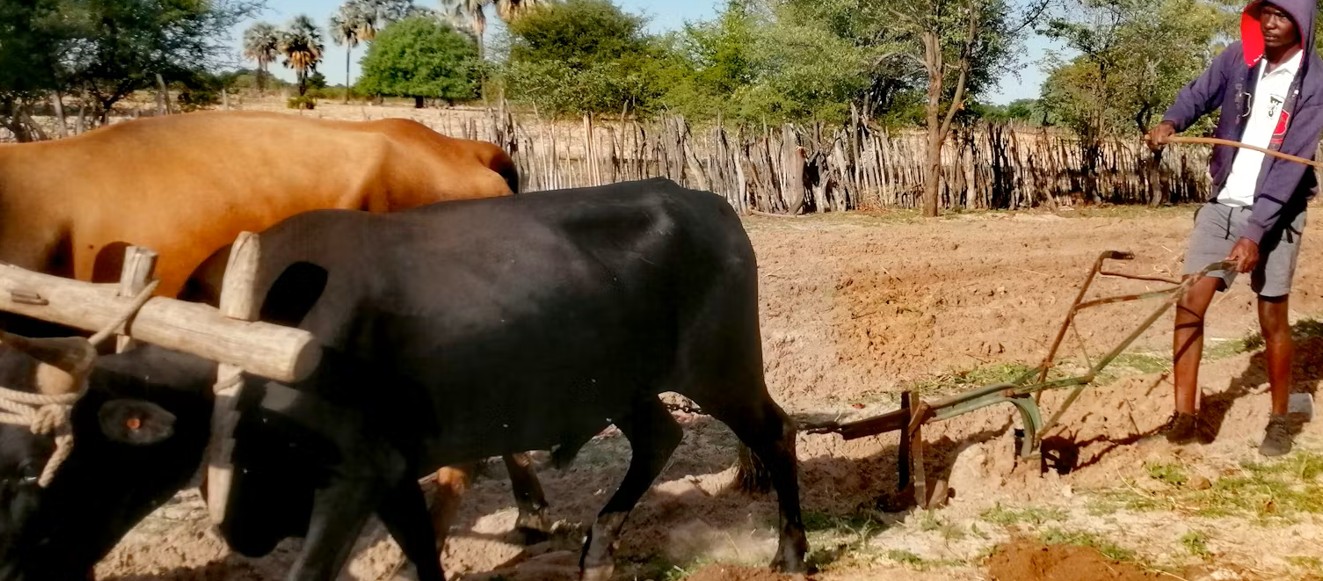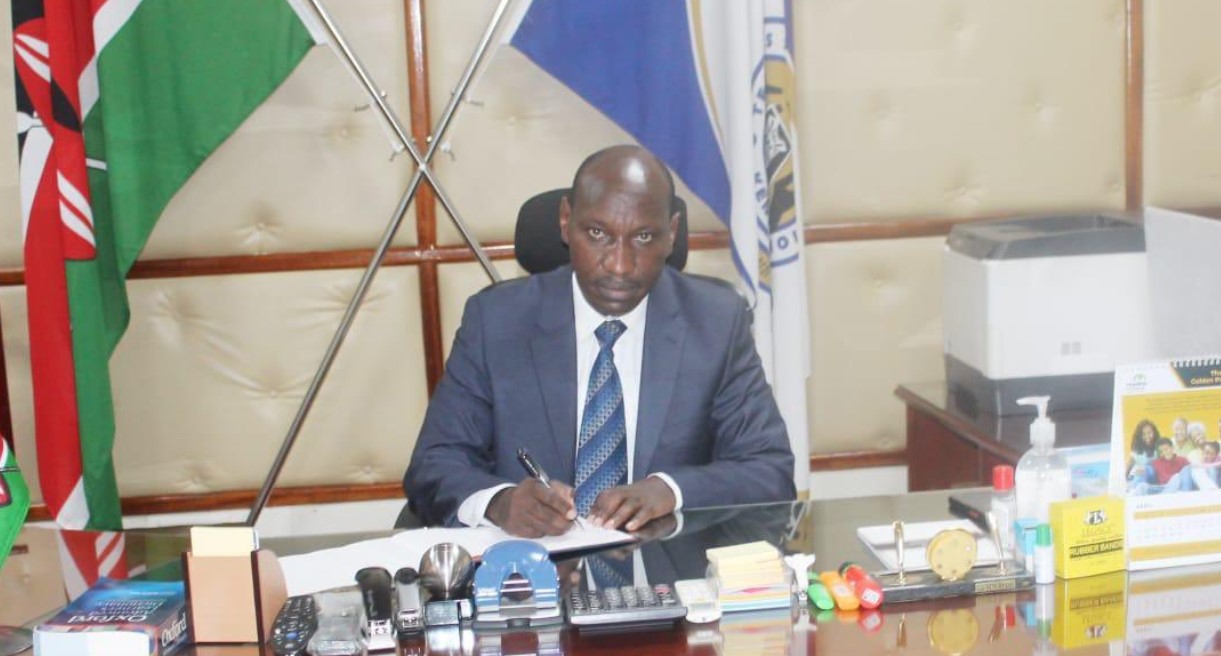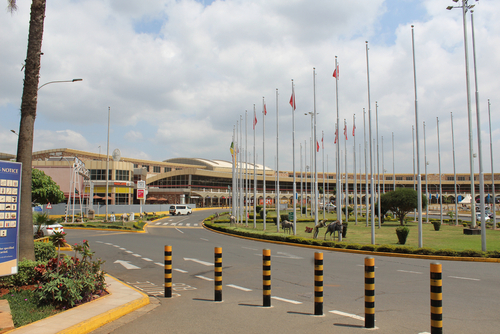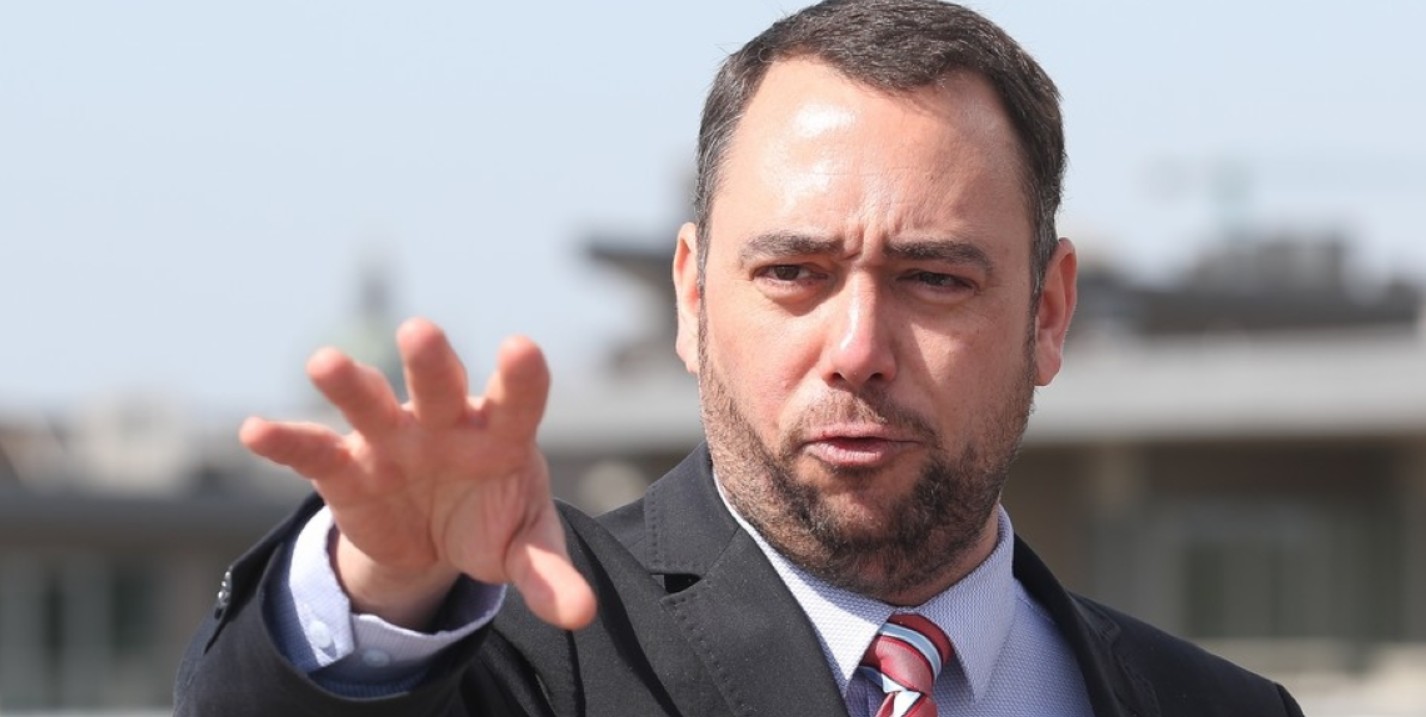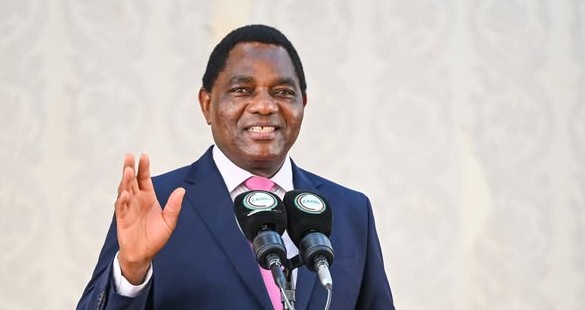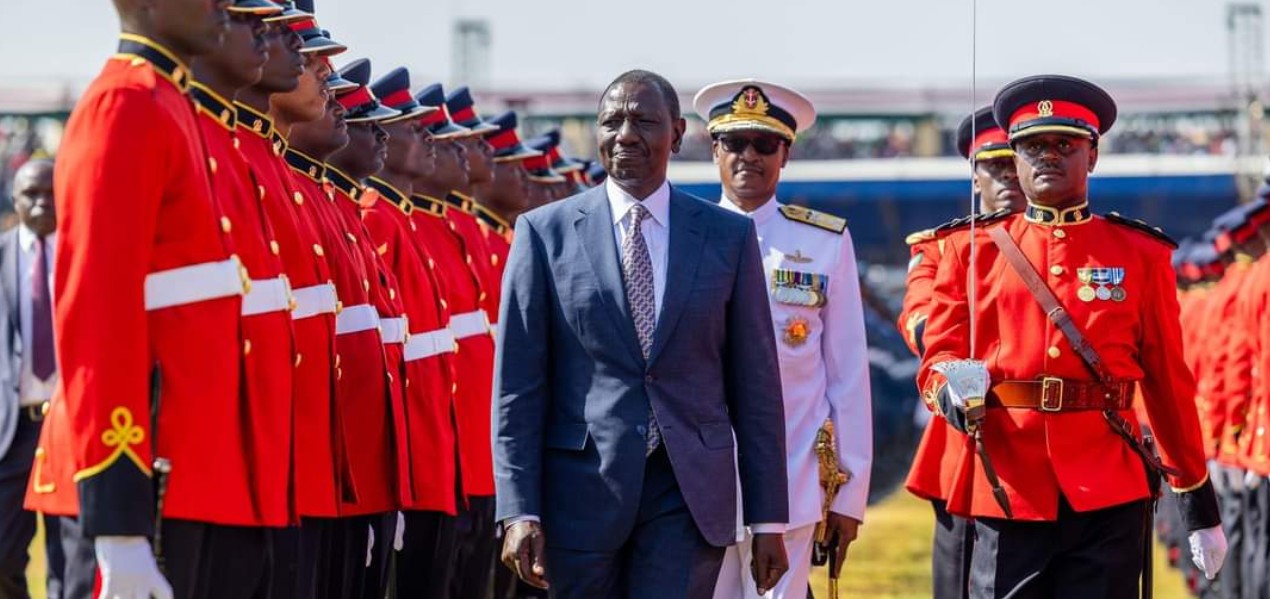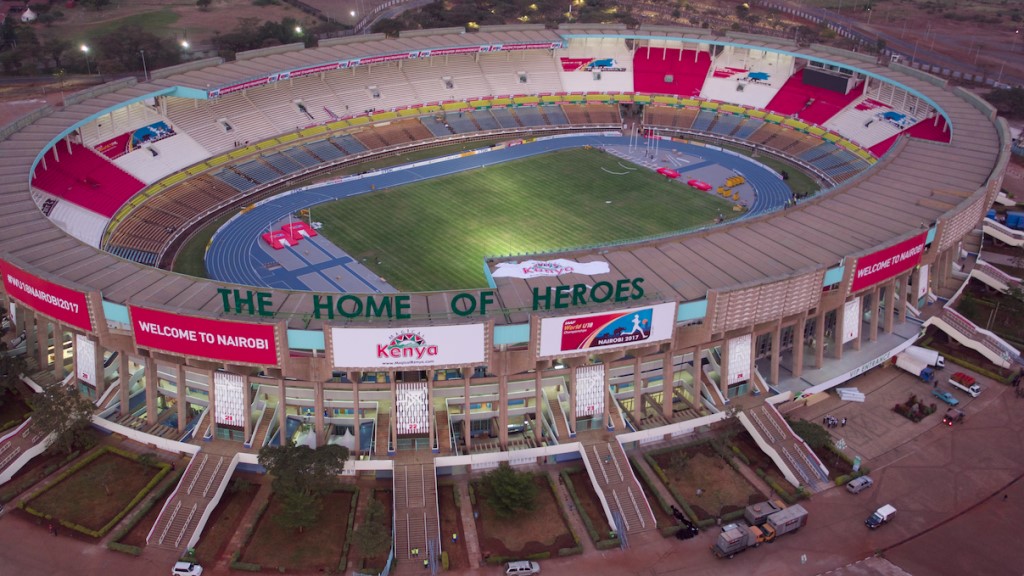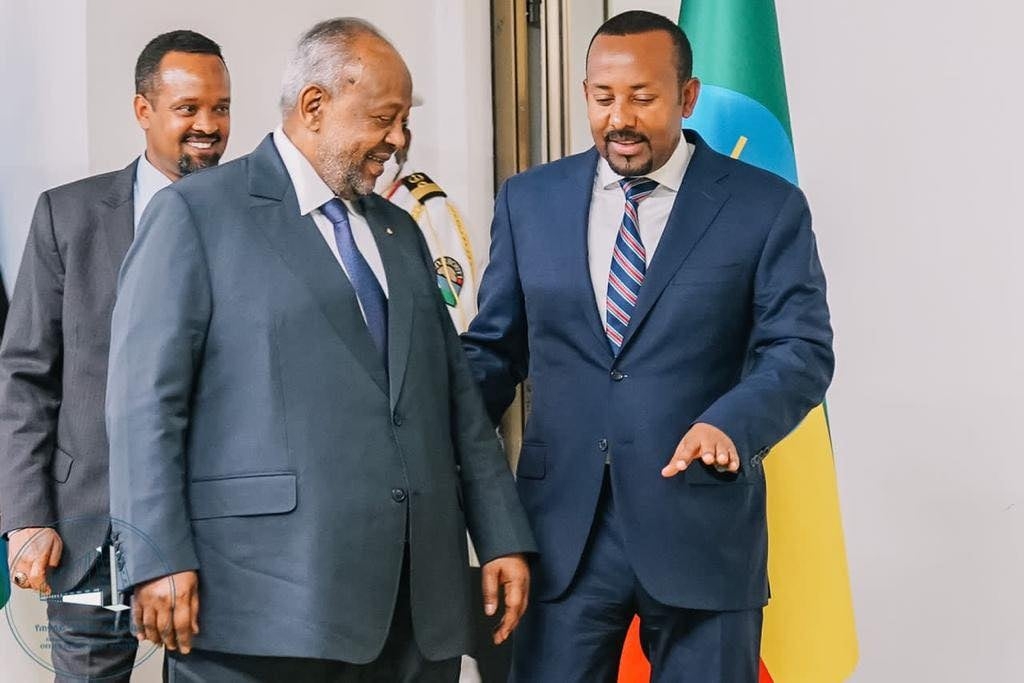Thousands in Mandera, Turkana, to benefit from Sh800M food security programme
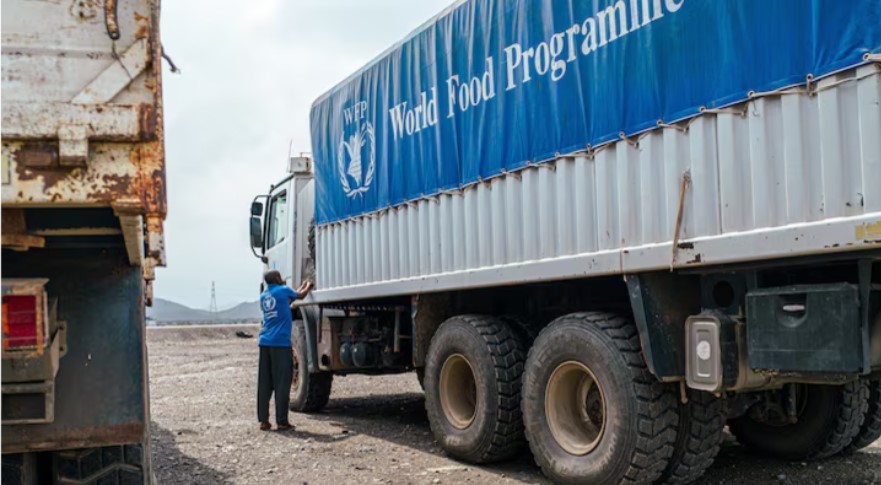
The Kenya Meteorological Department’s climate outlook for March-May 2025 predicts varied rainfall patterns, with some areas expected to receive near to above-average rainfall, while the northeastern and coastal regions are likely to experience below-average rainfall.
Mandera, Samburu, and Turkana are among the counties where thousands of vulnerable families will benefit from a $5 million (Sh800 million) initiative aimed at strengthening food security and resilience in arid and semi-arid regions.
The funds, channelled through the United Nations World Food Programme (WFP), will support efforts to restore degraded ecosystems, enhance early warning systems, and create economic opportunities as communities brace for the impact of below-average rainfall in the upcoming March-May season.
More To Read
- Factory farming in Africa: Development banks see it as a good idea, but it’s bad for the climate
- AU calls for rapid tech adoption in farming to shield continent from food crises
- Ruto unveils Sh400 billion mega dam plan to turn North and Coast regions into Kenya's new food basket
- Somalia declares drought emergency as millions face hunger after failed rains
- International Rescue Committee warns millions at risk as drought intensifies across Northern Somalia
- City Hall moves to recognise urban farmers in policy review
Korea’s Ministry of Foreign Affairs has contributed the funds as part of ongoing efforts to support food security and resilience-building in Kenya.
The donation will enable WFP to assist more than 158,000 people, including smallholder farmers, pastoralists, women, and youth, in Mandera, Samburu, Turkana, Tana River, and Baringo counties.
WFP Kenya Country Director Lauren Landis lauded the donation, noting that it comes at a critical time when communities in drought-prone areas are facing growing humanitarian needs.
“The Republic of Korea’s commitment to supporting vulnerable families in Kenya is commendable. This contribution comes at a time when people in arid and semi-arid areas face the risk of both droughts and floods, exacerbating food insecurity and increasing humanitarian needs. This project will equip communities with the tools and resources they need to prepare and build sustainable livelihoods,” she said.
With forecasts indicating below-normal rainfall in many parts of the country, enhancing early warning systems will be crucial in helping communities and the government anticipate and prepare for potential droughts or floods.
The Kenya Meteorological Department’s climate outlook for March-May 2025 predicts varied rainfall patterns, with some areas expected to receive near to above-average rainfall, while the northeastern and coastal regions are likely to experience below-average rainfall.
Nam Sangkyoo, South Korea’s Deputy Ambassador to Kenya, emphasised his country’s dedication to supporting resilience-building efforts, noting, “The Republic of Korea recognises the urgent need to build resilience and food security in Kenya. By partnering with WFP, we are empowering communities to break the cycle of crises and build a future where they can thrive.”
South Korea has been a longstanding partner in Kenya’s food security efforts, having previously supported resilience projects through the Korea International Cooperation Agency (KOICA) and provided rice assistance for refugees through the Ministry of Agriculture, Food and Rural Affairs (MAFRA).
WFP, the world’s largest humanitarian organisation, added that it will continue to provide food assistance in emergencies and work towards long-term solutions that promote stability and prosperity for communities affected by conflict, disasters, and climate change.
Top Stories Today
